Cultural programming is sown throughout the year in the CSC, but autumn/winter is the most productive season

Culture is intense throughout the year in the CSC, but not all seasons live the same way. According to the analysis carried out by Saretzen with all the events collected by Kulturklik in 2024, cultural programming is distributed fairly evenly between seasons, although it has been programmed a little more for the autumn/winter period, when 53.7% of the events took place.
This fact breaks with the general idea that cultural activity is intensified in good weather, and shows that the cultural fabric of enclosed areas is strong: 3,757 cultural centres, theatres and auditoriums support much of the programming, beyond seasonal outdoor activities. In fact, three out of four events are held in enclosed enclosures. Only two regions of Álava have a lower proportion of covered events and a higher ratio of outdoor events: Añana and Rioja Alavesa, where most of the events are scheduled in the summer.
The cultural calendar isn't the same everywhere.
Although balance is generally maintained, there are differences between regions. In some areas programming is mainly directed towards the summer season, while in others events are dispersed by killing.
In the regions of Plentzia-Mungia, Markina-Ondarroa, Bajo Deba and Urola Costa, for example, there are more events during the spring/summer, while in Donostialdea, Llanada Alavesa and Gran Bilbao much of the programming is carried out in enclosed areas, with a continuous offer and a tendency to accumulate activity in autumn/winter.
This distribution shows that there is also a territorial logic behind programming: the areas with the largest number of cultural infrastructures have a stable number of activities throughout the year, while in other regions programming usually has a climate calendar.
You might like
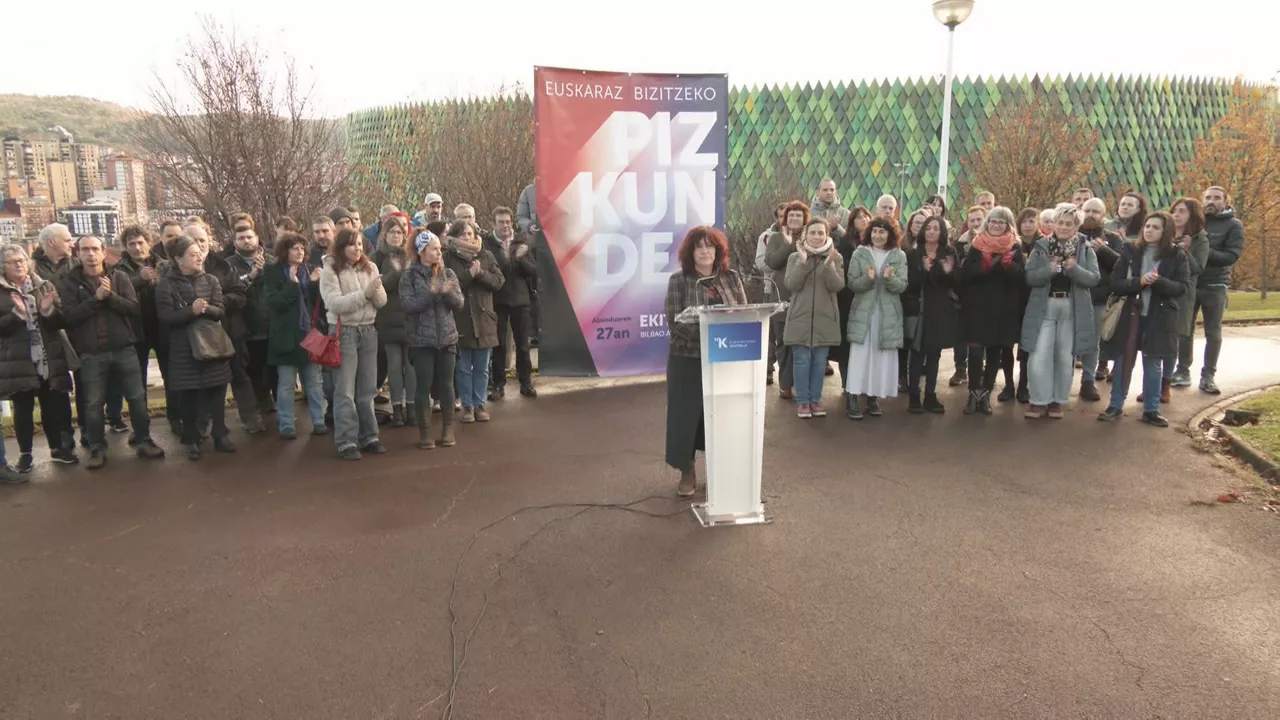
Idurre Eskisabel: "Euskera is in a state of emergency and a leap in language policies is essential"
On the eve of International Euskera Day, the Council of the Basque Culture, at a hearing in Bilbao, stressed the need to "strengthen Euskaltzalism", for which they felt that the responsibility of the political forces and institutions to bring the Basque Country to the forefront was essential.
An accident between Salvatierra and Gordoa has trapped a person, forcing the A-3016 road to be cut
The A-3016 road linking Salvatierra and Gordoa has been completely cut off from traffic following the collision of two vehicles. One person has been trapped and the firefighters are working to rescue him.
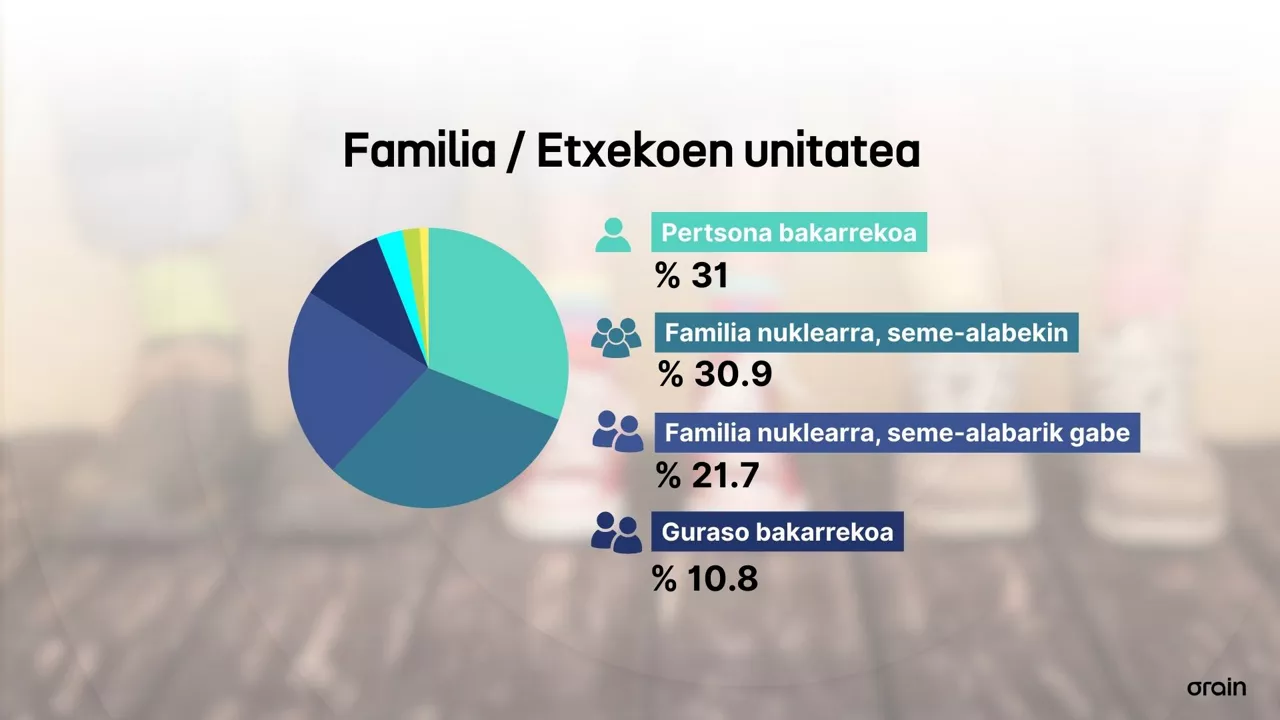
What are families like in the Basque Country today?
One third of households are single-person, and more than 100,000 are single-parent.
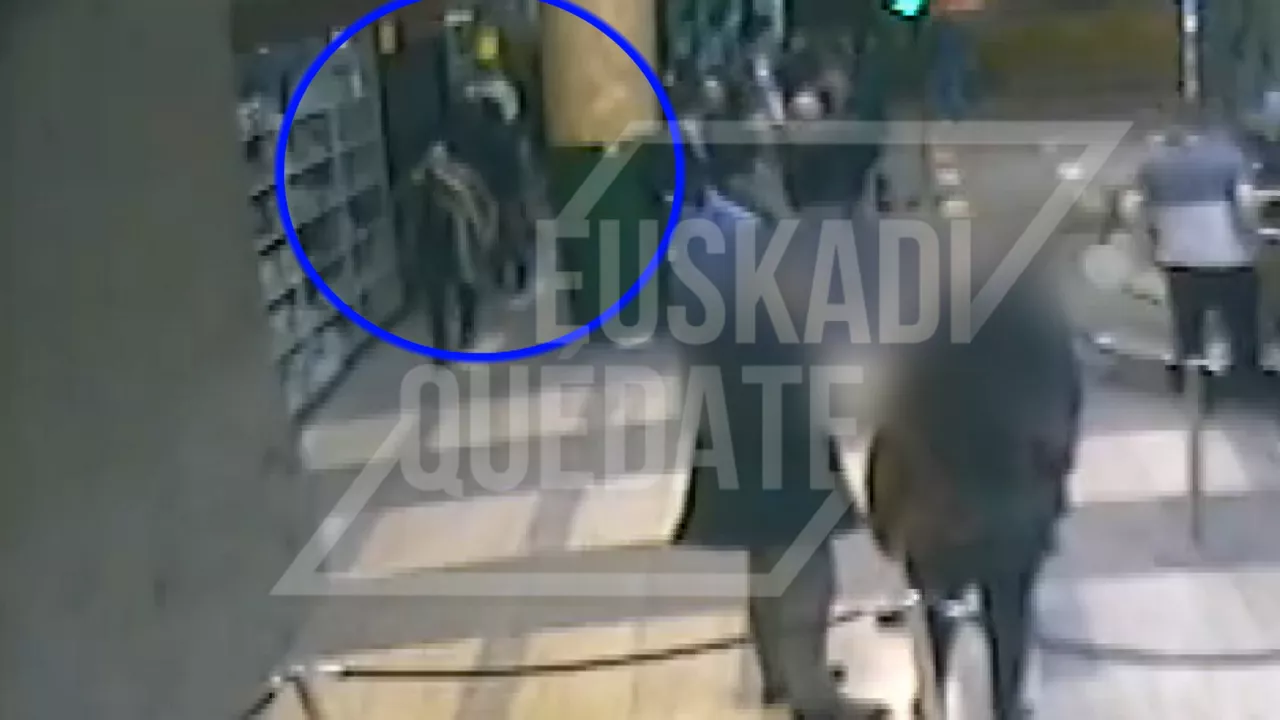
Kerman Villate's family believes that images from the time of the coup show that this was a "murder with alevosy."
The parentsof the young Vitorian who died after being punched in front of the Mitika discotheque in Vitoria-Gasteiz are outraged because the judge of the Provincial High Court of Álava has released, pending trial, the doorman accused of murder.
Four people were injured, two of them minors, in a collision between a car and a truck
The accident occurred on the A-15 in the San Sebastian sense.
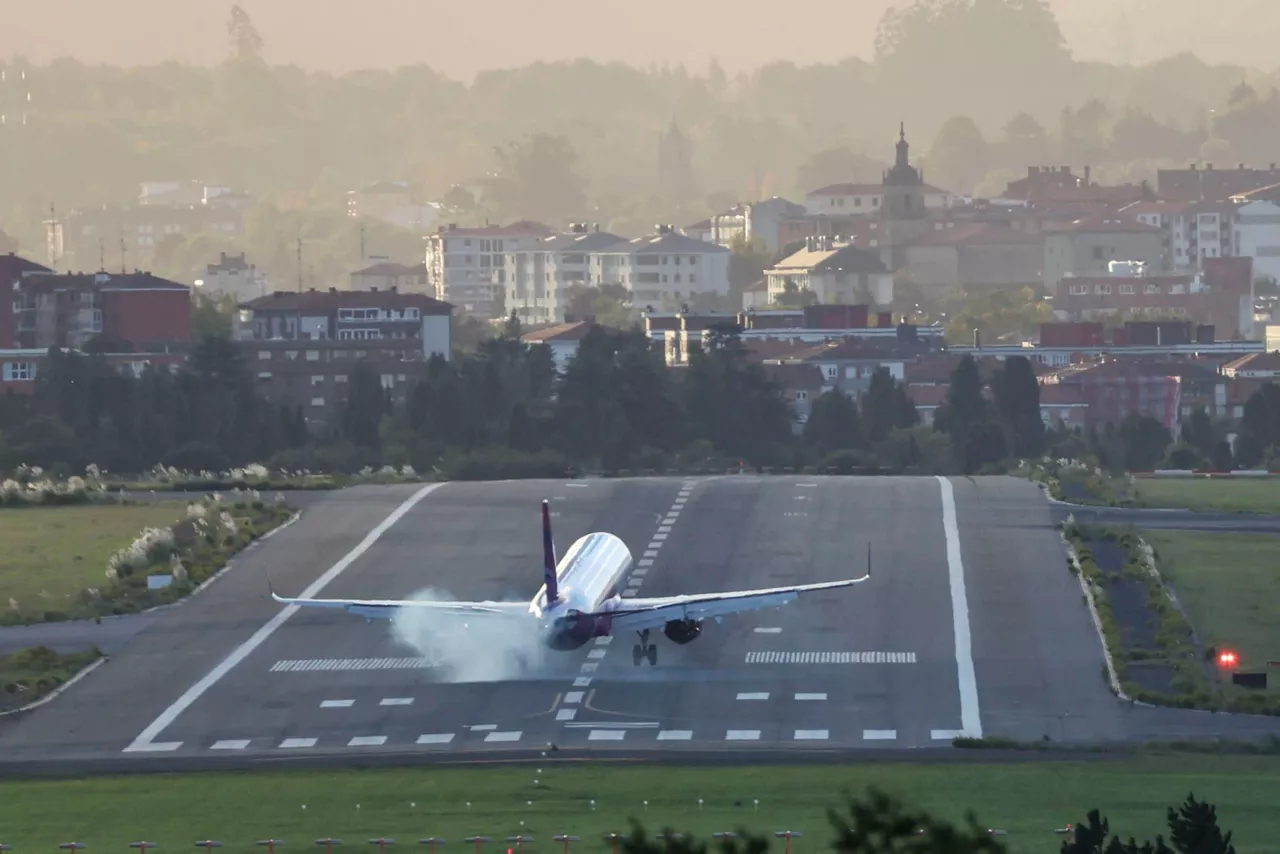
Pegasus Airlines will connect Istanbul and Bilbao four times a week
The Turkish airline said tickets are already available from EUR 69.99.

Eight people injured after a van hit a house in the Navarre town of Berriogoti
The event took place at around 2.18 p.m. on kilometre 6 of road NA-4100, when a van hit a house and eight people were taken to the Navarra University Hospital Complex with chest injuries.
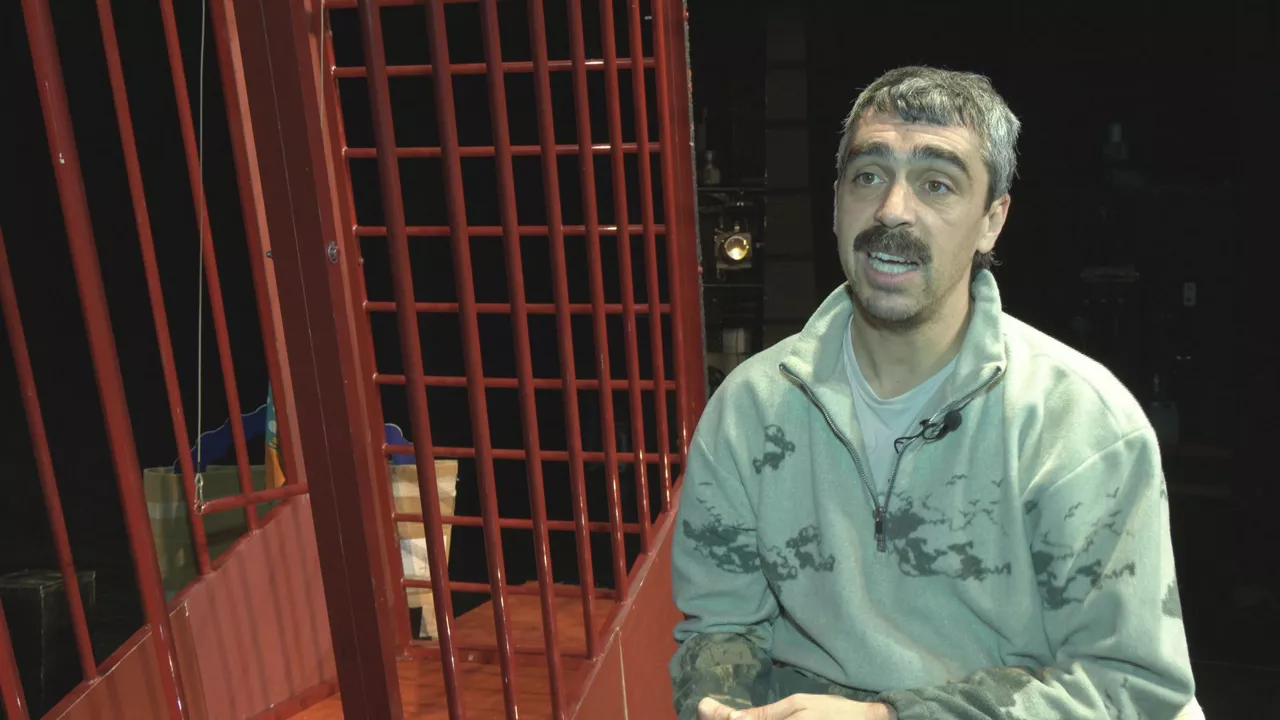
Xabin Fernandez, diagnosed with HIV, "The positive changed my life."
Today, 1 December, is World AIDS Day. Today, some 6,200 people receive some form of HIV treatment in the Basque Autonomous Community, so we have been with some of them.

Sentenced to three years' imprisonment an educator at a juvenile centre for assaulting a girl under guardianship in Gipuzkoa
The accused has acknowledged the facts and the charges have agreed to reduce his request for a sentence from eleven to three years.
Two men arrested in Vitoria for touching a woman who managed to take refuge in a bus
On Sunday morning, the woman came running to the bus, scared and barefoot, and stated that she had been sexually assaulted by two men, possibly using some substance, and that she had been touched, without permission, in a nearby apartment, from which she had managed to escape until she had taken refuge in the bus.

